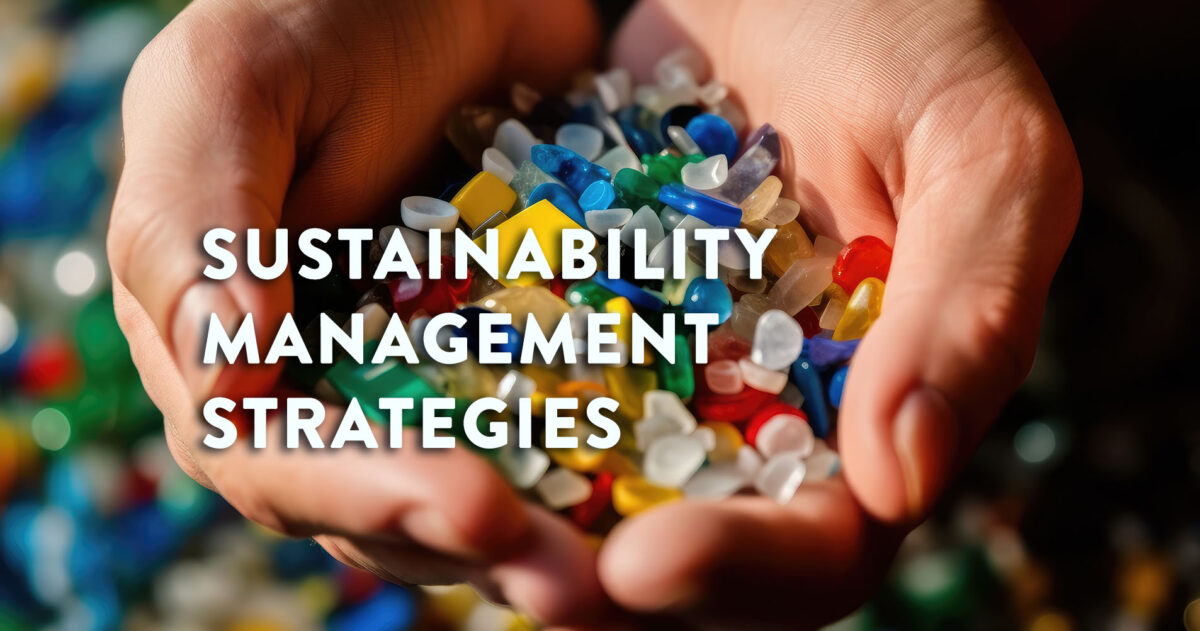Sustainability Management Strategies – Map Actions on Materiality

The materiality of an issue is another way of asking ‘how relevant and important is it?’. This is considered from two perspectives, those of the broader stakeholders (internal and external) and those of the company itself.
Materiality is used to decide which actions to take and what to report. It considers the needs of both the company and other stakeholders. Materiality scans the potential issues from these two viewpoints and rates all potential issues/actions on a relevance scale of ‘low’, ‘medium’ or ‘high’. These two sets of ratings can be combined to select the actions that are most relevant to the two groups.
Actions that are ranked ‘high’ by both groups are highly relevant but it is also acceptable to select actions that are ranked high by only one group.
An initial materiality scan should consider all the potential issues but those that are not considered ‘material’ to the company’s operations by both the stakeholders and the company can excluded from ranking. The important thing is to consider it, even if it is later excluded.
Note: Legal requirements are an absolute essential and have the highest priority but are the minimum requirement.
Assessing materiality prompts a company to think broadly about sustainability and how it affects the wider community. This informs decisions on projects and actions but does not remove the need for management to manage the business and to take decisions. Materiality is an aid to management and not a substitute for it.
Simply carrying out the materiality scan will lead to an improved understanding of the stakeholder perceptions and taking these into account in decision making will inevitably lead to improved stakeholder relations.
Action:
Review:
- The current actions.
- Legislative, customer and standards requirements.
- Wider general trends.
- List of the potential sustainability issues that are relevant.
- Rate each issue as ‘high’, ‘medium’ or ‘low’ in an ordered list.
- Distribute the list to identified stakeholders, e.g., staff, suppliers, customers, local communities.
- Get the stakeholders to rate each issue as ‘high’, ‘medium’ or ‘low’ in terms of relevance to them.
- Combine the stakeholder ratings with the company ratings to generate a materiality grid.
- Actions or issues that are highly relevant to either the stakeholders or the company (or both) should be investigated for further action.
Dr. Robin Kent is the author of ‘Sustainability Management in Plastics Processing’, published by the British Plastics Federation and Managing Director of Tangram Technology Ltd. (www.tangram.co.uk), consulting engineers for energy and sustainability management in plastics processing.
Also read:
- “Review where you are in Sustainability Management”
- “Sustainability Management Strategies – Top Management Commitment“
- “Create a Site Sustainability Management Policy“
